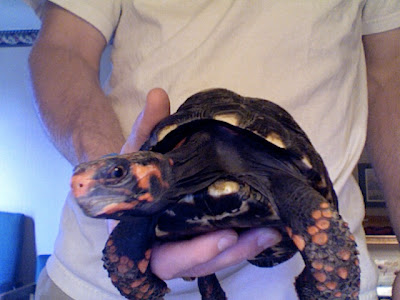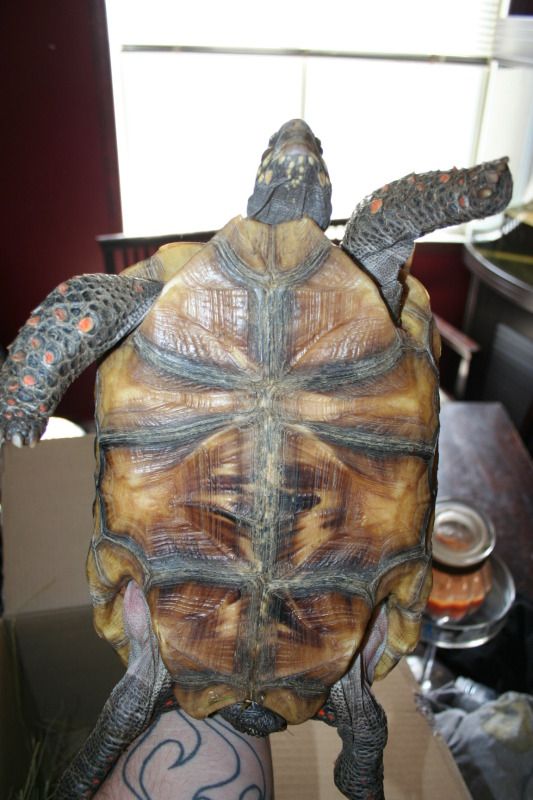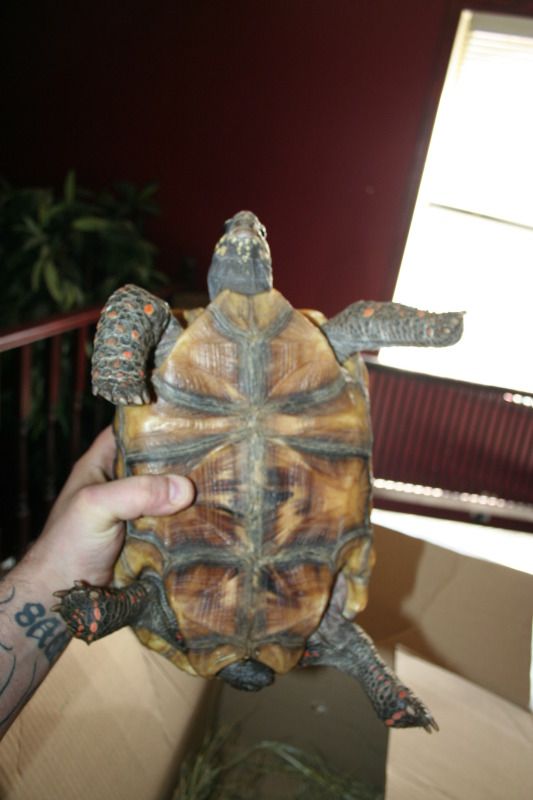To me it would seem there are at least 2 diffrent types of cherryheads?
i have a marbled brazilian cherry that looks very diffrent than the deep red headded black shelled cherry but both were said to be brazillian and they look like completely diffrent tortoises both in color and in shape?
I dug up a few examples from google to show better what i mean but if the red headded super dark type isnt the same as a brizilian than what "type" of cherryhead would it be?
Also what do the marbled brazilian cherryheads offspring look like when young? Can you tell potential marbeling from hatch?




i have a marbled brazilian cherry that looks very diffrent than the deep red headded black shelled cherry but both were said to be brazillian and they look like completely diffrent tortoises both in color and in shape?
I dug up a few examples from google to show better what i mean but if the red headded super dark type isnt the same as a brizilian than what "type" of cherryhead would it be?
Also what do the marbled brazilian cherryheads offspring look like when young? Can you tell potential marbeling from hatch?


















